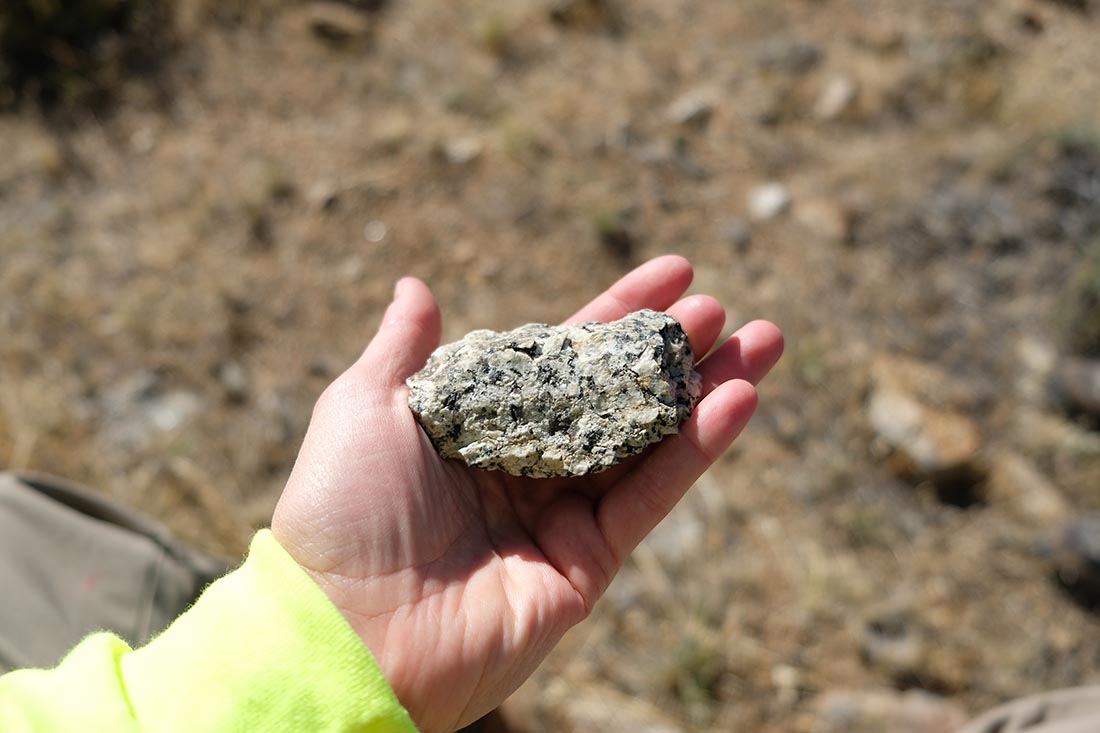Modern technology and the green transition have turned rare earth elements (REEs) into strategic linchpins. Nuerolytica Consulting highlights that rare earths , a group of 17 metallic elements , are fundamental to advanced devices. Four of these (neodymium, praseodymium, dysprosium, terbium) account for ~90% of rare-earth market value. They are the core of high-performance permanent magnets used in electric vehicles, wind turbines, robotics actuators, and consumer electronics. As global EV and renewable energy demand accelerates, the BCG-backed analysis projects the magnet-rare-earth market will triple by 2035 (reaching ~466 kilotons, an 8% CAGR).This looming shortage has caught the attention of businesses and policymakers alike. Nuerolytica’s team advises that companies urgently assess their exposure to REE supply risk. For instance, they recommend diversifying raw-material sourcing, securing long-term partnerships, and even supporting recycling initiatives for electronic waste. On the industry side, consultants emphasize that upstream mining capacity must ramp up now , new rare-earth projects have lead times measured in years. Indeed, one study warns that “supply shortfalls are looming” unless nearly 30 new projects are launched by 2035. Nuerolytica helps clients navigate the geopolitical landscape of these critical minerals. The firm’s insights show that rare earths are now viewed as matters of national security , countries are building strategic reserves and forming alliances to secure these materials. By integrating this understanding into corporate strategy, companies can better insulate their supply chains from volatility. In summary, the era of rare earths demands a proactive consulting approach: blending technical research (to explore new extraction or recycling methods) with high-level strategy (to manage partnerships, compliance, and sustainability).
- About
- Industries
- Robotics
- Deep Tech
- Consulting
- Research
- Capabilities
- Insights
- Careers
- Contact

